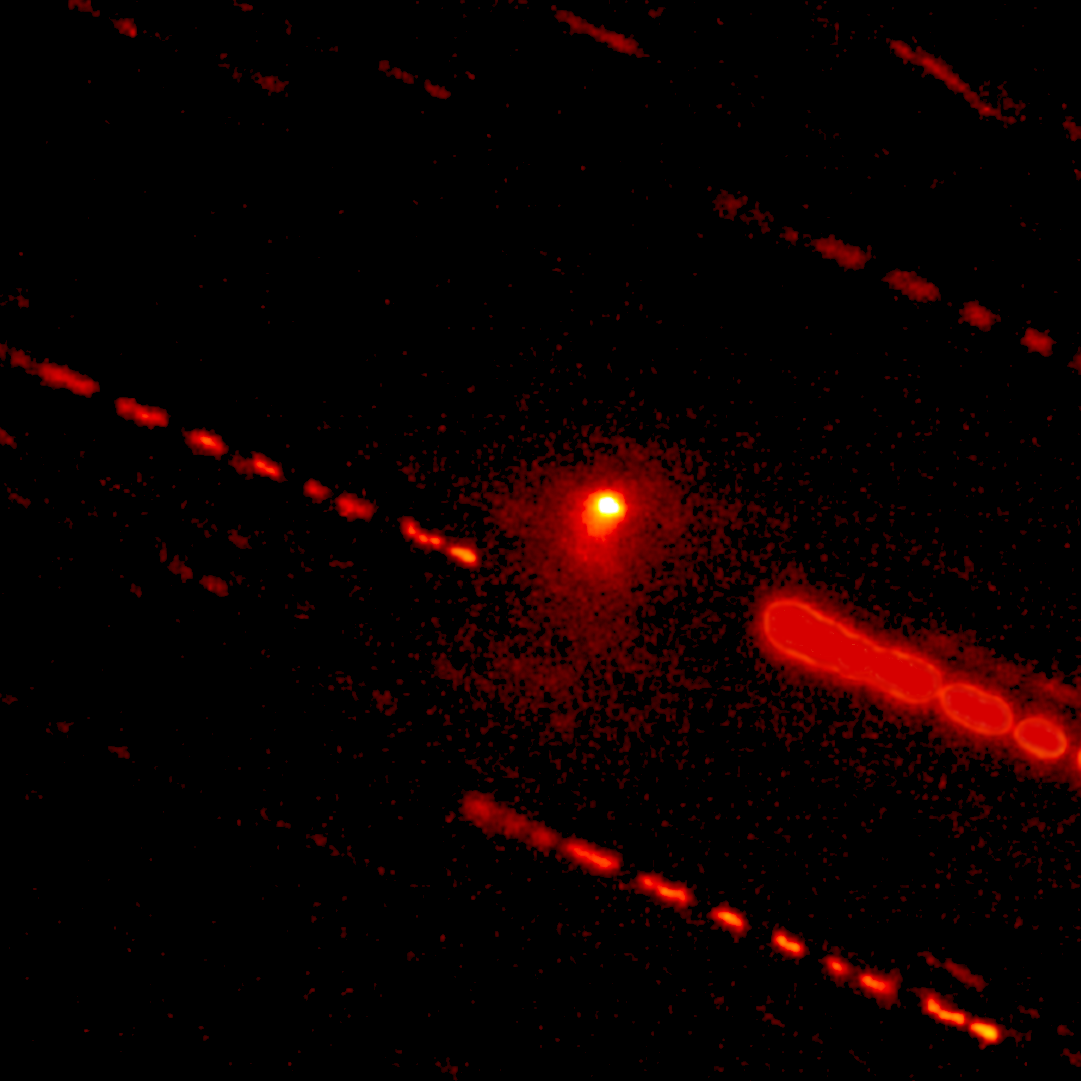October 27, 2025 update: Thanks for your patience, everyone! Project founder Colin has been out with some broken bones in his hand, but he's managed to get us some fresh and exciting images! Check out this article with Colin talking about interstellar comet 3I/ATLAS and Citizen Science! Note too that our sister project Rubin Comet Catchers, is online here, though it doesn't have any fresh data yet while we wait on Rubin Observatory to release more images.

Examine images to find comet-like tails... on asteroids! These strange objects hold clues about water on Earth, in the solar system, and beyond.
Learn moreWe ask Citizens to judge whether or not an object might be active by presenting astronomical images with the object in the center of the frame.
Zooniverse Talk
Chat with the research team and other volunteers!
Active Asteroids Statistics
View more statsKeep track of the progress you and your fellow volunteers have made on this project.
Every click counts! Join Active Asteroids's community to complete this project and help researchers produce important results. Click "View more stats" to see even more stats.
By the numbers
Message from the researcher
Asteroids with tails!? As strange as it may sound, these objects actually exist. They hold clues to the mysteries of where terrestrial water came from and where water in the solar system is located today.
OrionNAUAbout Active Asteroids
The Active Asteroids project is designed to help answer two important and outstanding questions in astronomy: where did the water on Earth come from, and where else can we find water in the solar system today? Answering these questions will have important implications for science and engineering. For example, astrobiologists know life seems to need water in order to exist, so to know where to find life in our solar system (and beyond) they need to know where water can be found! These places are known as "volatile reservoirs" because they hold water or other volatiles such as dry ice. Characterizing the solar system volatile distribution will help geologists and planetary scientists settle the ongoing debate about how much of Earth's water was delivered after our planet was born. And knowing where volatiles are found will inform engineers about potential fuel sources for space travel. Recently it has come to light that asteroids can have ices on their surfaces, and can even have comet-like activity such as tails! These findings indicate asteroids are a volatile reservoir, but fewer than 30 active asteroids have been discovered since 1949. As a result, active asteroids are poorly understood. We need to discover more of these mysterious objects in order to study them as a population. Only then can we shed light on this important clue about our origin in the solar system and where we can find extraterrestrial volatiles today.
For more NASA citizen science projects, go to science.nasa.gov/citizenscience